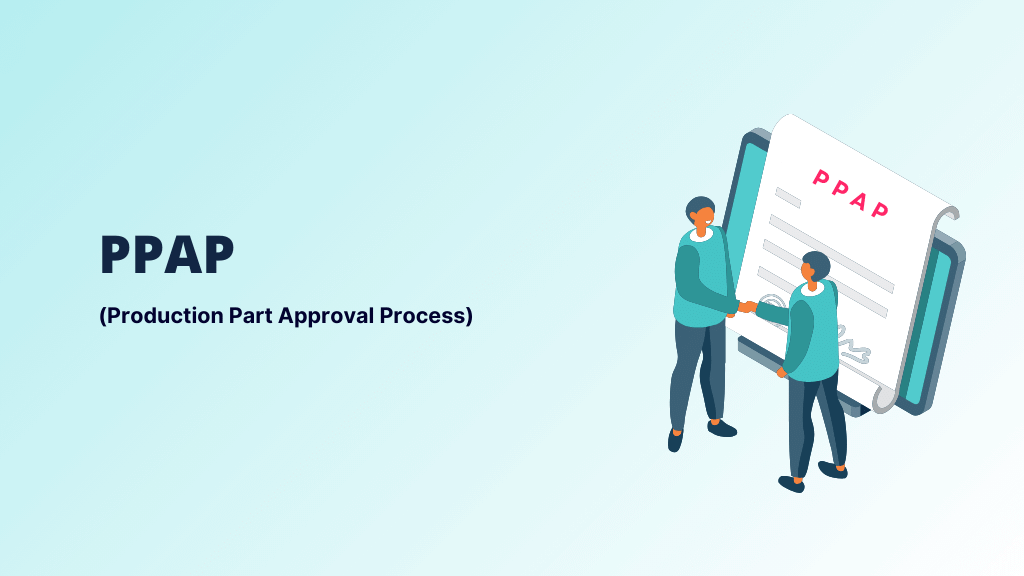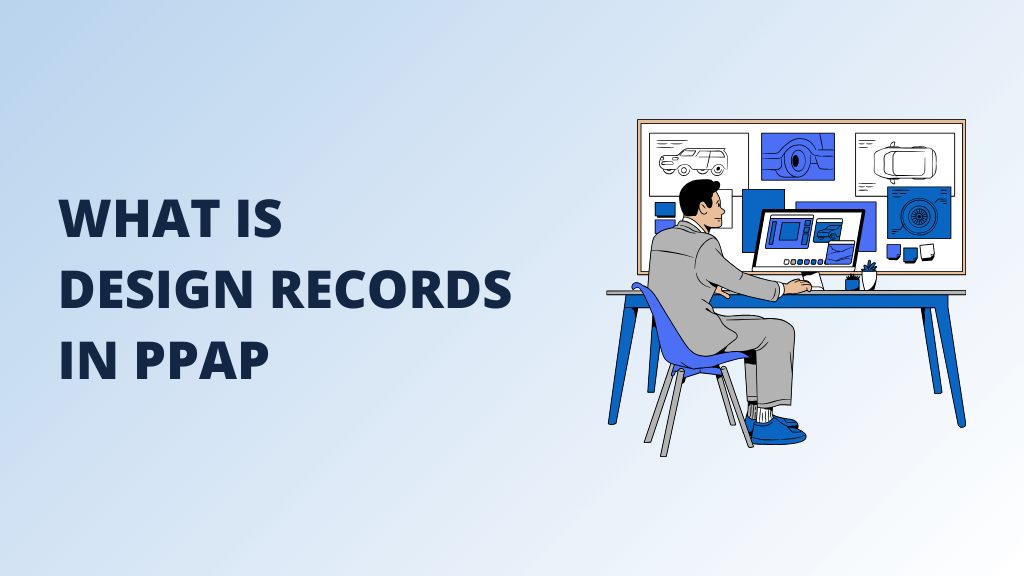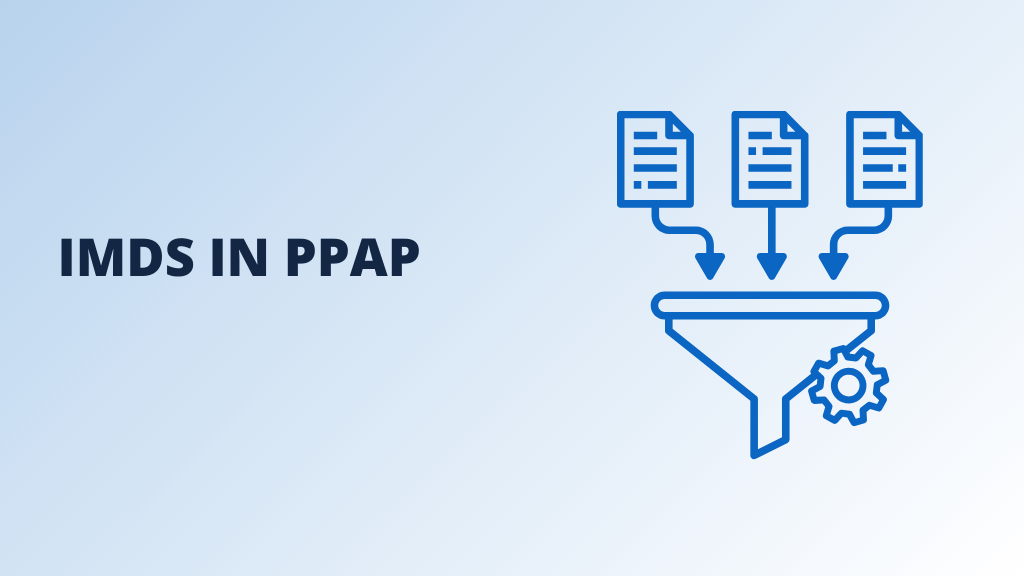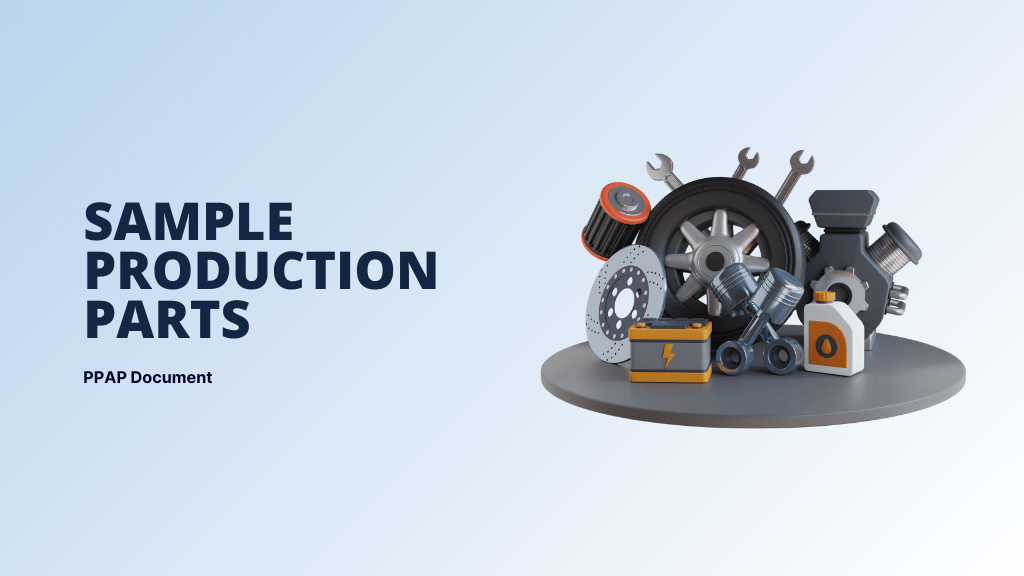Are you struggling to understand the concept of PPAP levels for approval. Don’t Look anywhere! In this comprehensive guide, we will dive deep into the PPAP levels and you will be confident to have detail knowledge about the concept.
PPAP, which stands for Production Part Approval Process, is a standardized approach used in the automotive industry to evaluate and approve the quality and production of parts and components.
With multiple levels ranging from Level 1 to Level 5, each level is discribe a different evaluation and acceptance.
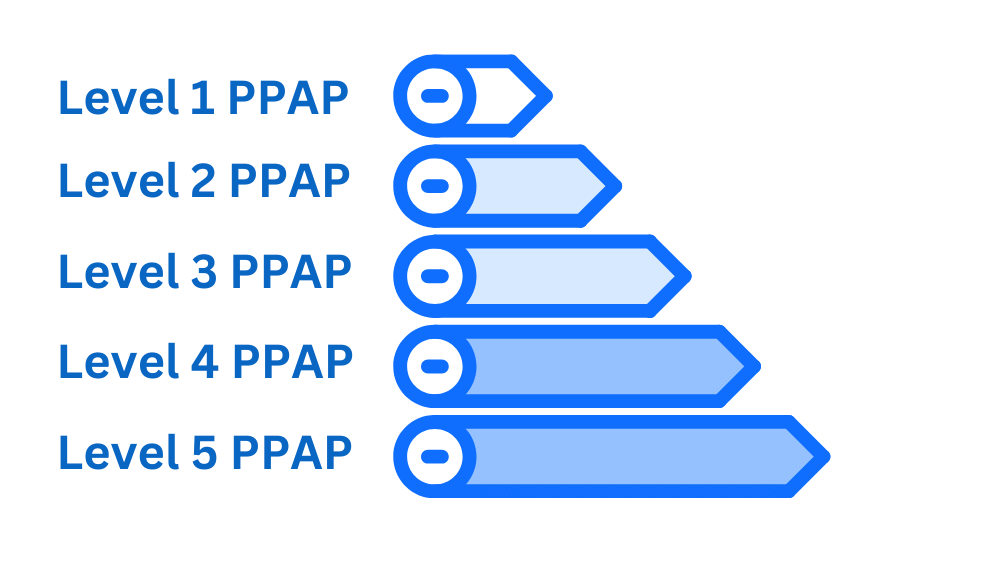
In this article, we will break down each PPAP level and provide detailed insights into the requirements and expectations at each stage. Whether you are a supplier looking to meet the stringent demands of your automotive customers or a quality professional want to enhance your understanding of PPAP levels, this guide is your ultimate resource.
By the end of this article, you will have a solid idea of the PPAP level system, enabling you to confidently navigate the world of quality assurance and meet the standards set by the automotive industry.
So, let’s begin our journey for the concept of PPAP levels!
Importance of PPAP in quality assurance

PPAP plays a critical role in ensuring the quality and reliability of automotive parts and components.
It serves as a systematic and standardized process that verifies whether a supplier can consistently deliver products that meet customer requirements.
By following the PPAP process, automotive manufacturers can minimize the risk of non-conforming products, reduce costly rework or recalls, and maintain customer satisfaction.
The PPAP process allows suppliers to demonstrate their ability to meet the strict quality standards set by the automotive industry.
It provides a clear framework for documenting and communicating the design, production, and quality requirements for each part or component.
Additionally, PPAP helps establish a strong partnership between suppliers and customers. By going through the PPAP process, suppliers can present their commitment to quality and accountability. As a result, automotive manufacturers can rely on their suppliers to provide high-quality components, contributing to the overall success of their products.
Overview of the different PPAP levels
PPAP levels provide a clear roadmap for the submission and approval process, with each level additional requirement than the previous one.
Let’s take a closer look at each level and the requirements associated with them:
Level 1 PPAP: Submission of warrant documentation

At Level 1, the supplier is required to submit the warrant documentation, which includes basic information about the part or component, such as part number, description, and engineering change level. This level serves as an initial submission to confirm that the supplier has a basic understanding of the PPAP process and can provide the necessary documentation.
Level 2 PPAP: Warrant with product samples and limited supporting data submitted to the customer.

Level 2 involves the submission of a part submission warrant (PSW) and product samples. The PSW provides a comprehensive overview of the part or component, including details about the manufacturing process, testing methods, and measurement systems used. The product samples allow the customer to physically inspect and evaluate the quality and conformance of the parts.
Level 3 PPAP: Warrant with product samples and complete supporting data submitted to the customer.

Level 3 takes the requirements of Level 2 further by adding supporting data to the submission. This includes all 18 PPAP documents such as dimensional and material test results, statistical process control (SPC) data, and other relevant data that demonstrates the capability of the manufacturing process to consistently produce parts that meet specifications.
Level 4 PPAP: Part submission warrant with product samples and complete supporting data & other requirements as defined by the customer.

The Level 4 requires the supplier to provide all 18 documents and additional customer specific requirement also fullfill.
Level 5 PPAP: Part submission warrant with product samples and complete supporting data, plus customer-specific requirements reviewed at the organization’s manufacturing location.

Level 5, the highest level of PPAP, includes all the requirements of Level with any customer-specific requirements. And all documents are reviewed and signed by customer at supplier location. Level 5 demonstrates the supplier’s ability to meet the most stringent quality standards set by the customer.
Steps to follow when implementing PPAP levels in quality assurance
The specific level required for a particular part or component is determined by the customer based on factors such as the criticality of the part, the complexity of the manufacturing process, and the supplier’s track record.
Implementing PPAP levels in quality assurance requires a systematic and well-structured approach. Here are the key steps to follow:

1. Understand customer requirements:
Begin by thoroughly reviewing and understanding the customer’s requirements and expectations. This includes specifications, design requirements, and any customer-specific requirements.
2. Select the appropriate PPAP level:
Based on the customer’s requirements and the criticality of the part or component, determine the appropriate PPAP level. This will dictate the specific documentation, testing, and data requirements for the submission.
3. Prepare the necessary documentation:
Generate the required documentation, including the part submission warrant, dimensional and material test results, SPC data, and any additional documentation requested by the customer.
4. Conduct thorough testing and data analysis:
Perform the necessary testing and data analysis to ensure that the parts or components meet the specified requirements. This may involve conducting performance tests, capability studies, and other relevant tests to validate the quality and reliability of the products.
5. Submit the PPAP package:
Compile all the required documentation, samples, and supporting data into a comprehensive PPAP package. Submit the package to the customer for review and approval.
6. Address any feedback or concerns:
If the customer identifies any issues or concerns during the review process, address them promptly and make the necessary improvements or adjustments to meet the requirements.
7. Obtain customer approval:
Once the customer is satisfied with the PPAP package and all requirements have been met, get formal approval from the customer. This signifies that the supplier has successfully demonstrated their ability to consistently deliver high-quality products.
By following these steps, suppliers can effectively implement the PPAP process and ensure compliance with the customer’s quality requirements. This not only strengthens the supplier-customer relationship but also contributes to overall customer satisfaction and business success.
In conclusion, understanding and implementing PPAP levels is crucial for suppliers in the automotive industry. By following the standardized PPAP process, suppliers can demonstrate their commitment to quality, minimize the risk of non-conforming products, and establish strong partnerships with their customers.
Remember, PPAP is not just a process; it is a mindset that emphasizes quality, continuous improvement, and customer satisfaction. By embracing the principles of PPAP and implementing the appropriate PPAP levels, suppliers can ensure that their products meet the highest quality standards and exceed customer expectations.

